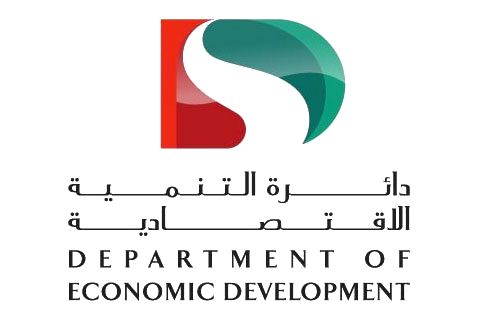Integrating HRMS With Payroll System
Integrating a Human Resource Management System (HRMS) with a Payroll System has become a crucial step in streamlining and optimising organisational processes. In today’s fast-paced and technologically advanced business environment, HR departments and finance teams seek efficient solutions to manage employee data and compensation seamlessly. By combining the power of HRMS and Payroll System integration, businesses can enhance accuracy, reduce administrative burdens, and improve overall operational efficiency. This integration not only simplifies payroll processing but also ensures data consistency and compliance with regulations and enables strategic decision-making. In this rapidly evolving digital landscape, integrating HRMS with a Payroll System has emerged as a vital tool for organisations to manage their human capital while efficiently handling payroll functions.
What Makes Manual Payroll Management Risky?
Manual payroll management is risky for any business due to the inherent potential for errors, inefficiencies, compliance issues, and limited scalability. Relying on manual processes increases the likelihood of mistakes and miscalculations, leading to incorrect salary payments and dissatisfied employees. It is time-consuming and diverts valuable resources from more strategic tasks. Manual systems lack the necessary controls to protect sensitive data, making them vulnerable to breaches. Additionally, keeping up with ever-changing tax and labor regulations becomes a challenge. Furthermore, manual payroll management struggles to support the growth of an organization, making it an unreliable and risky approach in today’s fast-paced business environment.
How HRMS’s Integration With Payroll System Can Better The Situation?
Integrating HRMS with the payroll system is a vital step to streamlining HR procedures as this process will ease transmitting employee data from HRMS to the payroll system, save time and remove errors. It also adds to accuracy in payroll calculations and guarantees compliance with regulatory requirements.
Although the benefits of integrating these two systems are numerous, we will focus on the most significant ones in this blog:
1- Accurate Payroll Processing:
The integration of HRMS with the payroll system ensures that there is no duplication of employee data, reducing the risk of errors in payroll processing and avoiding unnecessary load on the database. The integration process automatically transfers employee data from the HRMS to the payroll system, minimising the need for manual data entry, which is prone to errors. This ensures that employees are paid accurately and on time.
2- Improved Compliance with Regulations
HRMS and payroll are subject to several regulations that ensure compliance with labour laws and regulations. Integrating the two systems guarantees that employees’ data is up-to-date, accurate, and compliant with the regulations. This reduces the risk of non-compliance and possibly legal obligations.
3- Better Employee Self-Service
Integrating HRMS with payroll systems provides employees with the convenience of better self-service. Employees can access their payroll details, including pay stubs, taxation matters, and other financial information, through a single portal. This feature eases the need for employees to contact HR or payroll departments for specific details and evidence.
4- Improved Reporting Capabilities
Integrating HRMS with payroll systems offers a better reporting experience for the concerned departments, Which allows them to generate reports that provide insights into employee attendance, turnover rates, and other key performance indicators (KPIs). This information helps businesses make calculated decisions about their staff and improve their operations.
5- Streamlined Processes
The integration also streamlines the employee management process, which reduces the need for manual data entry, freeing up HR and payroll staff to emphasise other essential tasks. This also lessens the risk of errors and interruptions in processing employee information.
6- Enhanced Data Security
The integration enhances data security by minimising the risk of data breaches and unauthorised access to employee details. The integration process ensures that employee data is stored securely and accessed only by authorised personnel.
7- Cost Savings
Integrating HRMS with payroll systems reduces the need for manual data entry and saves businesses time and money that would otherwise be spent manually doing things.
Final Thoughts
In conclusion, integrating HRMS with payroll systems offers numerous benefits for businesses. It improves accuracy in payroll processing, compliance with regulations, employee self-service options, and reporting capabilities. It has also been proven beneficial to streamline processes, enhance data security, and saves businesses time and money. Therefore, businesses that still need to integrate their HRMS with payroll systems should consider doing so to improve their operations.







